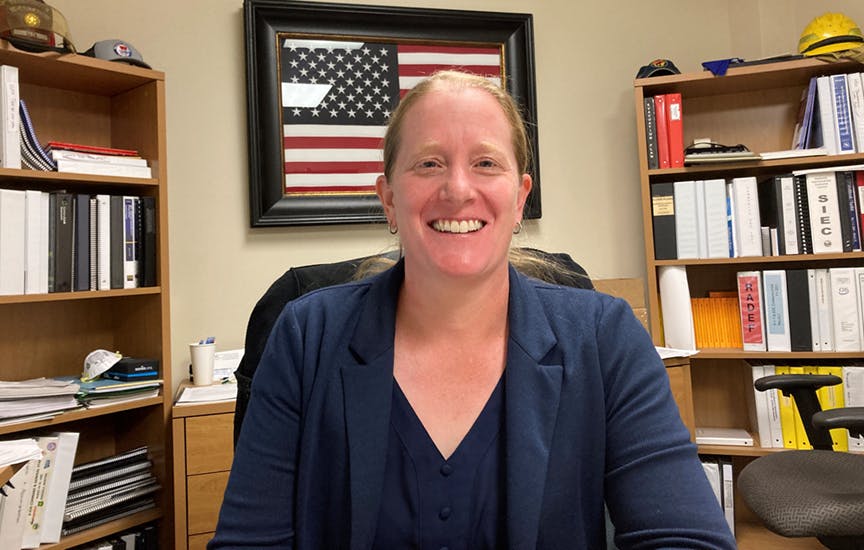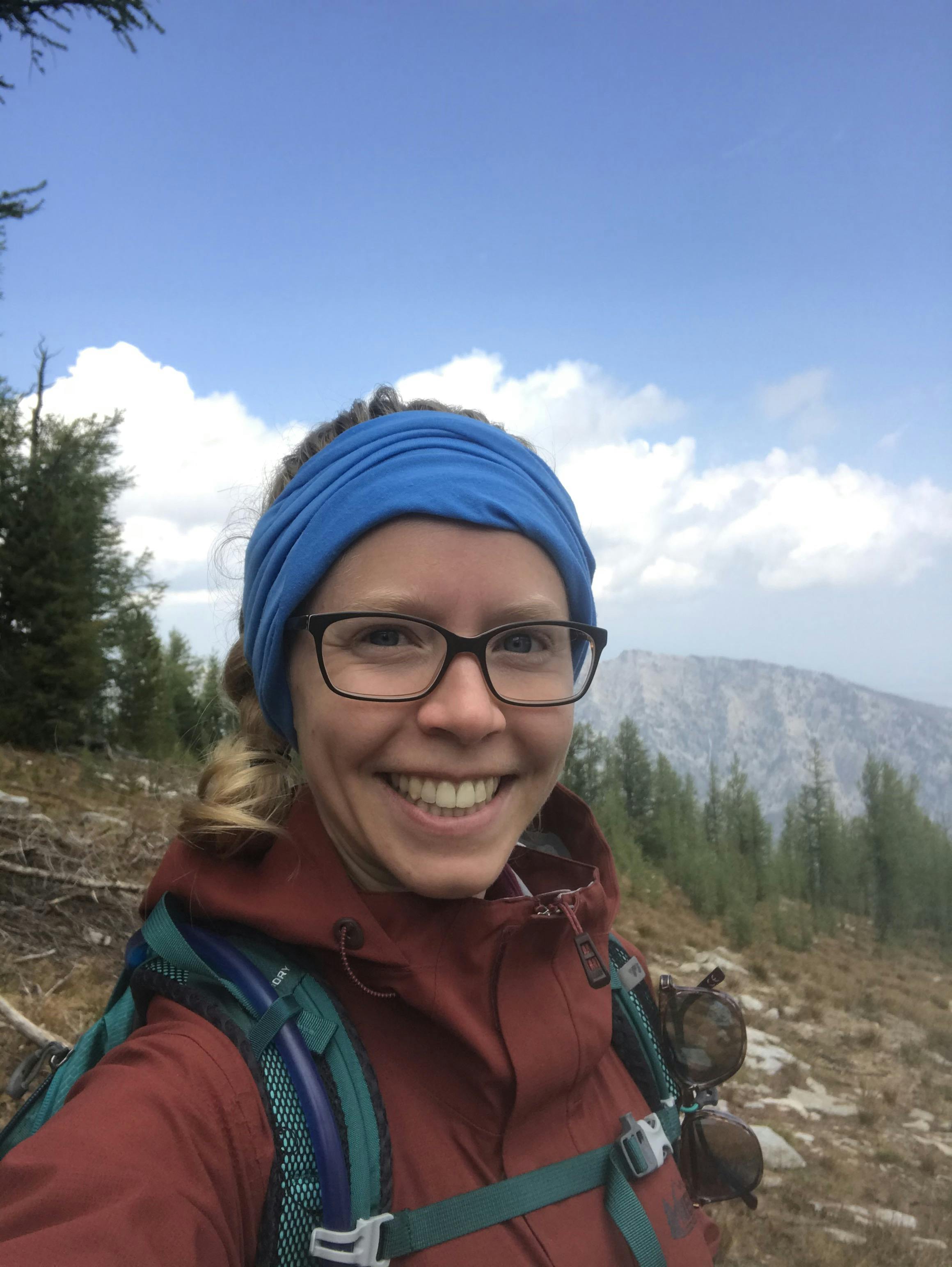Operation Shelter - Urgent Response: Outdoor Communities
Consultation has concluded. Please follow the Safe Shelter project for updates.
COVID-19 exacerbated the issue of unhoused community members that existed prior to the pandemic. Shelters have not been able to operate at full capacity, and financial hardship, coupled with ever-increasing housing costs, have increased the number of people who are unhoused. Missoula’s Emergency Winter Shelter program at the Johnson Street Community Center slept around 100 people nightly through the winter. When it closed April 30, people who had been sleeping there were without shelter and turned to urban camping close to services, often in City parks, where camping is prohibited. This camping creates unsafe, unsanitary situations for those camping, for our public lands and for the general public. With the eviction moratorium and additional rental assistance programs set to expire, the situation has reached a critical point, and we must pursue different approaches if we want to achieve different outcomes.
Missoula Mayor John Engen and County Commissioners Dave Strohmaier, Josh Slotnick and Juanita Vero took bold leadership and enlisted the Office of Emergency Management, which serves Missoula County, for short-term help with this public emergency.
View the joint City/County statement here.
What We’re Doing
The City of Missoula and Missoula County are standing up an incident management team with operations and logistics expertise to identify and vet potential alternative locations for community members currently camping near Reserve Street and elsewhere in the urban wild. The team will assess potential locations using criteria to determine site viability.
This team is charged with:
- Identifying suitable locations that can accommodate unhoused people with a range of needs in temporary shelters, tents or vehicles. The team will engage with service providers and other subject matter experts to verify location suitability.
- Recommending the results of this process to City and County elected officials for consideration.
- Ensuring any recommended sites will have a plan to meet basic human needs including sanitation, toilet facilities, water and, as necessary, food.
- Ensuring the operational plan for the site or sites will include resources to provide access to services and transportation and that the location is secured and safe 24/7.
- Determining the scale and scope of the issue by engaging with service providers and experts in the field of homelessness.
The team is currently assessing potential locations and determining site viability using the following criteria:
- Size: Greater than five acres? Fewer than five acres?
- Access to utilities: Are utilities in place on the site? Are they functioning?
- Access to public transportation: Can the site be accessed via public transportation? Or are there option nearby? Does it have a parking area?
- Proximity: Is it close to services? Is it near commercial districts? Residential neighborhoods?
- Potential for growth: Is it a short-term or long-term option? Is it able to be developed? Are there facilities in place?
- Security: Does it need some sort of barrier around the perimeter ? Lighting? Staffing?
- Shelter: Is it a good location for tents? Wall tents? Semi-permanent structures? Permanent structures?
- Privacy: Is it near main roadways? Easily seen from main roadways?
- Access: Can it be accessed only by foot? By bicycle? Personal vehicles? Emergency vehicles? Are access points paved?
- Zoning: Will the current zoning allow for the intended use? Are RVs, cars and trucks permitted?
- Ownership: Is it publicly or privately owned?
Next Steps
Once potential options are identified, the team will bring them to City/County elected officials for consideration and public involvement. How that will work exactly is not set in stone, but an example of what it could look like is a joint City/County public hearing.
- In the meantime: Members of the public can contribute solutions-based ideas by emailing solutions@missoulacounty.us.
Following selection and acquisition, sites would need to be equipped with necessary sanitation, security, staffing and other logistical needs. Once open, the City and County will work with our partners to shift people camping near the Reserve Street Bridge and other places in the urban wild to the new option(s). We will collaborate with our partners who have built trusting relationships with unhoused community members to help ensure the transition is as smooth and compassionate as possible.
Public Engagement
Do you have a solution-based idea to recommend to the team for consideration? Share it by emailing solutions@missoulacounty.us.
Once potential options are identified, the team will bring them to city/county elected officials for consideration and public involvement. How that will work exactly is not set in stone, but an example of what it could look like is a joint City/County public hearing.

What It Will Cost
The cost of homelessness is high. Failure to address our current needs will result in loss of human life; people who are unhoused experience significantly greater health problems and a much higher death rate. The costs extend to our full Missoula community through environmental degradation of our rivers, garbage-strewn areas next to roadways, inappropriate use of emergency departments for relatively low-level health care needs, damage to bridge infrastructure and an unbroken generational cycle of poverty and trauma. Costs show up at hospitals and clinics, ambulance services, grocery stores and on our hard-working nonprofit partners and are eventually covered by the community at-large. Law enforcement and other first responders send resources and are pulled away from other duties that serve the public.
Managing this effort through our Emergency Operations Center and establishing an interdisciplinary team that includes social workers and experts in behavioral health, as well as leaders in housing, land management, finance, public safety and emergency management, costs money. But there is tremendous cost, both social and financial, to supporting people living on the street and in the urban wild that far outweighs investment in supportive, permanent housing. During the operation, the City and the County are using federal American Rescue Plan Act (ARPA) funds to pay for the effort.
Missoula already has a plan to end homelessness. How is this different?
Reaching Home: Missoula’s 10-Year Plan to End Homelessness is focused on long-term initiatives to support neighbors who become houseless and make instances of houselessness infrequent and short-term. There are numerous initiatives currently underway that are linked directly to the 10-Year Plan, including the Trinity Project, the Missoula Coordinated Entry System (MCES), emergency shelter options operated by the Poverello Center and many others.
This current effort to create safe, sanitary and dignified spaces for urban camping is a short-term response that ties directly to the long-term goals of the 10-Year Plan. There is a gap in our system between emergency shelter and permanent housing. As the number of people who are unhoused increases, this effort seeks to fill that gap in a way that supports our neighbors and maintains our high standards for public health and safety.








